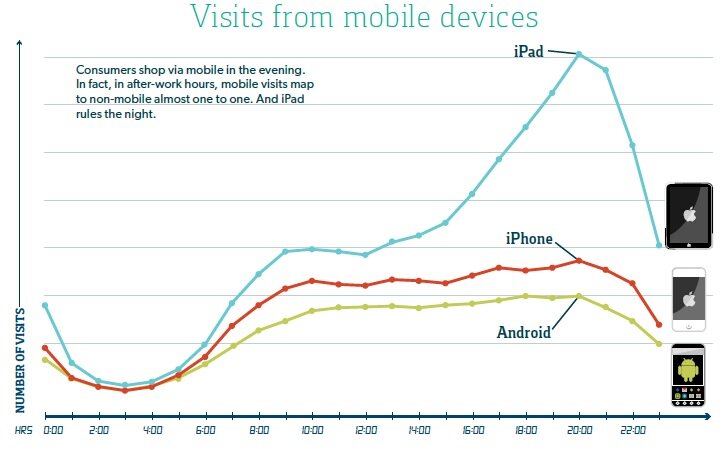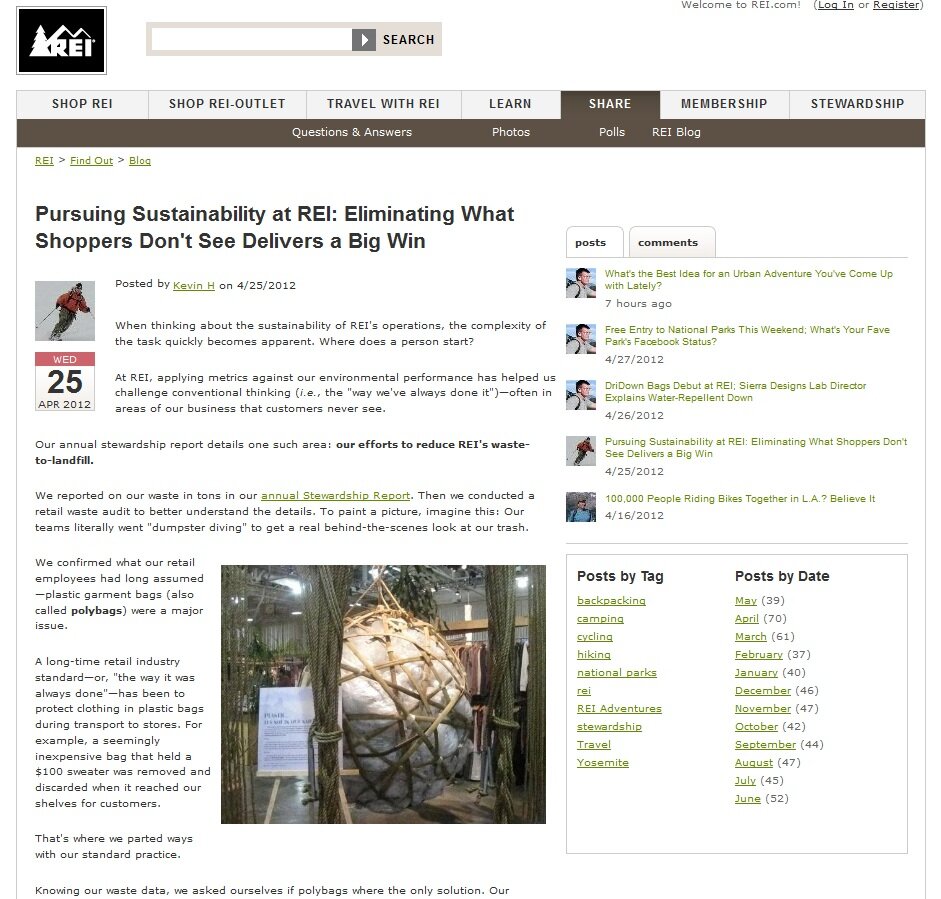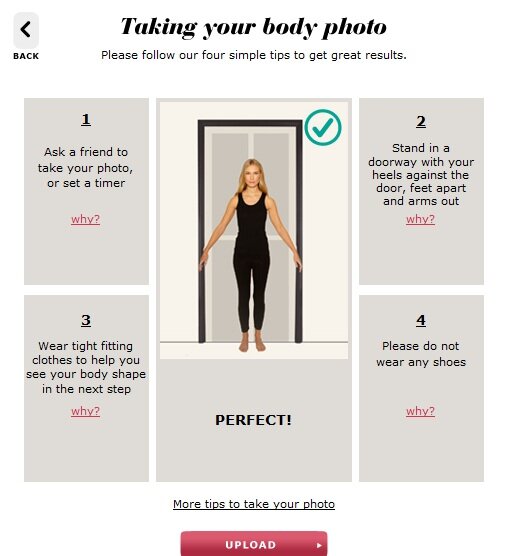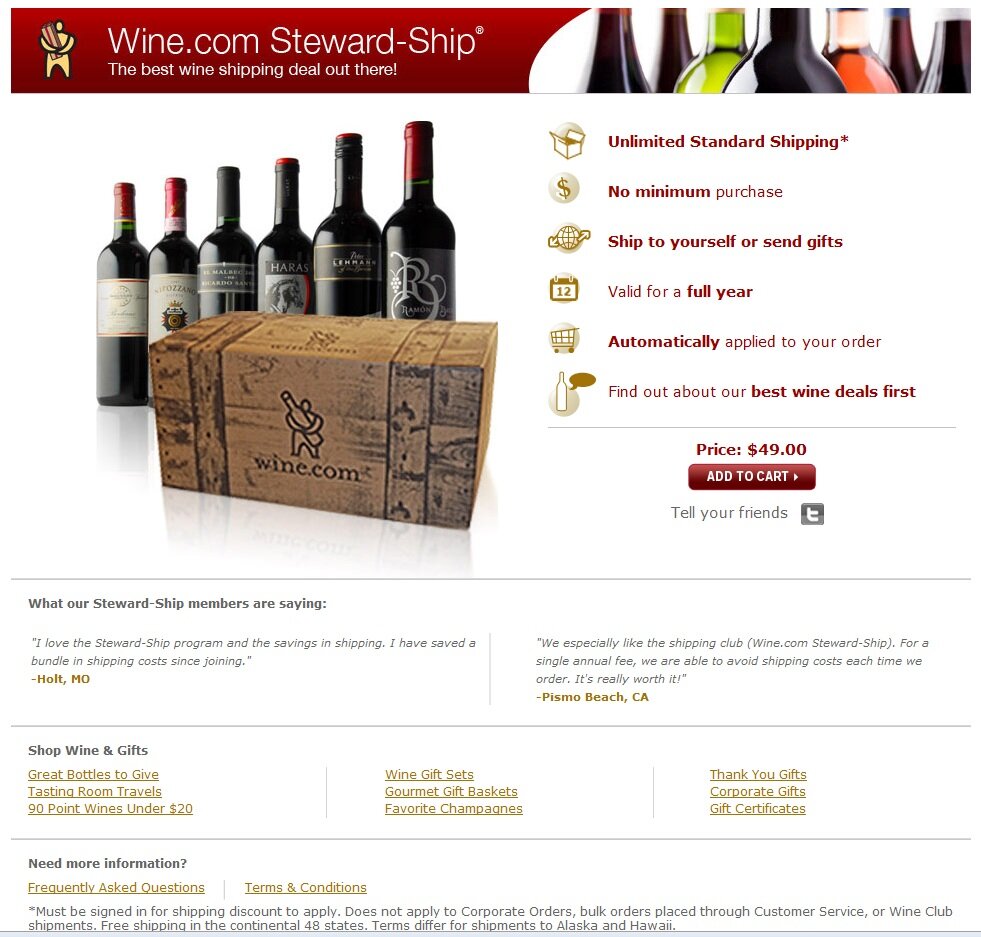Top connected commerce priorities: Inventory and fulfillment
June 27, 2012 Leave a Comment
Most merchants understand the concept of connected commerce — providing a seamless shopping experience across channels and devices. But for merchants working with limited budgets and clunky standalone technologies, the goal can seem overwhelming and elusive.
New research suggests that inventory and fulfillment integration tops the list of consumer priorities. In a talk at this year’s Internet Retailer Conference and Expo, Lauren Freeman of The eTailing Group revealed results of a consumer survey that found . Specifically, consumers rated the following features as important influencers of their purchase decisions:
- Not surprisingly, nearly two-thirds of online shoppers — 62% — wanted the ability to have items purchased online delivered to their homes.
- But more than half of shoppers rated as important the ability to get the product within a day or two. Depending on the cost and availability of expedited shipping, for some shoppers the only way to meet this criteria is through in-store pickup or purchase.
- Fully 45% of shoppers wanted to know whether items researched online were available to purchase locally at a physical store.
- The ability to purchase online and pick up in store was rated as important by 33% of shoppers.
The upshot? For merchants still struggling to begin integrating business processes, inventory and fulfillment should top the priority list. Furthermore, those who already offer such capabilities should highlight them as a differentiator. Just over half of merchants offer in-store pickup for items ordered online, according to a new multi-channel report from RSR Research — and the percentage of merchants offering in-store returns of items ordered online has dropped compared with 2011.
To promote delivery flexibility and inventory visibility, consider the following tactics:
Put the emphasis on speed and savings. Most merchants offering in-store pickup position it as a free alternative to home delivery — a factor worth highlighting, given that most shoppers seek savings on shipping costs. In addition, merchants who can promise instant availability in stores should promote speed as a benefit so that shoppers understand they won’t need to wait for an item to be delivered to their local outlet. Sears promotes instant in-store availability in a global promotional banner which promises shoppers can “get it today with free in-store pickup.” The product page drives the message home with a tabbed display that highlights free in-store pickup along with current free home delivery offers.


Don’t forget mobile. The ability to view in-store availability and flexible delivery options is especially important for shoppers on the go, so put in-store inventory and pickup front and center when designing your mobile commerce offering. Walmart gives “Find in store” equal footing with the “Add to cart” button on the mobile product page as well as displaying in-stock status and the ability to select free shipping to stores for online orders. Clicking “Find in store” displays inventory levels at stores within a 50-mile radius of the shoppers’ current location, with a link to store directions listed along with the phone number and item number.

Have you integrated in-store inventory and cross-channel fulfillment into your eCommerce site and mobile offerings? If not, what’s holding you back? If so, how do you promote the service?












































Connect with us: